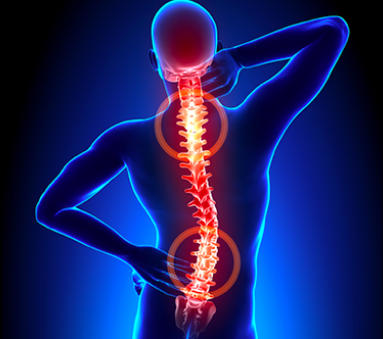WHAT IS OSTEOPOROSIS?
Osteoporosis is a common disease affecting over 1 million Australians.
This disease makes bones become brittle leading to a higher risk of breaks than in normal bone. Osteoporosis occurs when bones lose minerals, such as calcium, more quickly than the body can replace them, causing a loss of bone thickness (bone density or mass).
As bones become thinner and less dense, even a minor bump or fall can cause a serious fracture. A ‘fracture’ is a complete or partial break in a bone. Any bone can be affected by osteoporosis, but the most common sites are the hip, spine and wrist. Fractures in the spine due to osteoporosis can result in height loss or changes in posture. Osteoporosis usually has no symptoms until a fracture occurs this is why osteoporosis is often called the ‘silent disease’.
Osteoporosis Fact Sheets
What you need to know about Osteoporosis
Calcium – Consumer Guide
Exercise – Consumer Guide
Medicines – Consumer Guide
Vitamin D – Consumer Guide
Information for men
World Osteoporosis Day Brochures
A compact guide to osteoporosis
Strong Bones Make Stronger Women
OSTEOPOROSIS RESEARCH
In the past 20 years research has resulted in significant advances in the treatment of osteoporosis, including –the development of the first drugs that prevent bone loss, diagnostic techniques which are accurate and affordable and unlocking the mechanisms of bone formation to identify new approaches to treatment. We also have a far better understanding of the role other approaches to better bone health in areas of calcium, vitamin D and high-impact exercise.
Click here to view latest research articles on Arthritis, Osteoporosis and Musculoskeletal Health.
Supporting Bone Research
We greatly acknowledge the contributions received from individuals and organisations in support of our research efforts. Donations are tax deductible and help support the future of Australian bone health. Visit our donation page for more information. Thank you for your support.
Research Fund Objectives
- Support research that will help to reduce the burden of osteoporotic fractures
- Support research that will lead to improved quality of life and excellence in clinical care for patients with osteoporosis and fractures
- Support research grants in broad areas of basic science, clinical studies, public health, allied health, epidemiology and education
- Foster research from young investigators across several disciplines (such as science, clinical medicine, non- medical, allied health)
- Support a variety of grants – grants-in-aid, fellowships, scholarships and partnership grants on a peer- reviewed basis.
Our Research Goals
To gain a clearer understanding of bone metabolism
By understanding the biological pathways and processes of bone metabolism, researchers can identify key molecules and interactions that influence bone development
Identify and develop new drugs and better diagnostic techniques, provide new insight into how nutrition impacts bone health, identify genetic predispositions to problems of bone health, gaining a better understand of the relationship between physical activity and bone metabolism
To Improve clinical practices to more effectively prevent fractures and rehabilitate post fracture patients
Continued research into clinical practice could help reduce re-fracture rates and reduce the need for joint replacements and help people with osteoporosis live actively and independently for longer.

